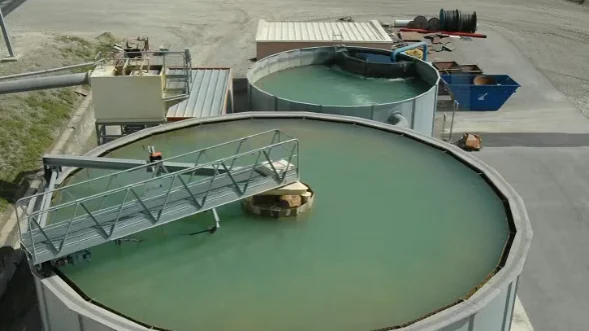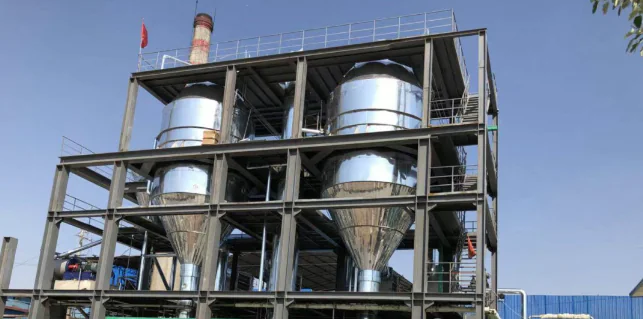High-salt wastewater means water with total salt over 1%. It often comes from food processing, pharma, and petrochemical plants. This kind of water has high salt, is hard to biodegrade, and tough to treat.
Here are 5 common ways to handle it. They help you meet discharge standards better.
Coagulation + Air Flotation + Dilution
Use air flotation with PAC or PAM to do first coagulation. This removes some organic pollutants.
If salt is not too high, you can dilute the water. This lowers stress on later treatment steps.

Use Salt-Tolerant Bacteria
When salt is low (less than 2g/L), you can add and grow salt-tolerant microbes. Slowly raise inlet salt.
This makes microbes adapt and keeps biological treatment working.
Evaporation Concentration
If salt is very high and can’t be treated biologically, use evaporation.
Evaporation units remove water and concentrate salt. This fits well at the end for high-salt brine.

Membrane Separation
Use processes like ultrafiltration, nanofiltration, reverse osmosis, or electrodialysis.
They block salts and dissolved pollutants. It has high efficiency and is good if you want water reuse.
Ion Exchange
Use resins to remove dissolved salts. This is good for water with low salt but needs high purity.
✅ Summary
High-salt wastewater needs different methods based on salt level and water quality.
You can also combine methods for better results. If you have more ideas, share them in the comments.
Let’s discuss and learn together.
